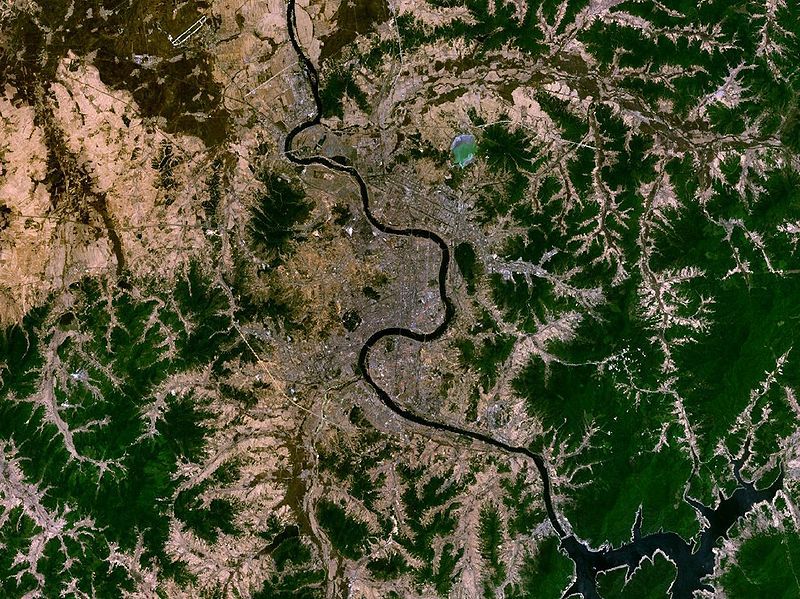-
 Oophagy
Oophagy
-
 Breccia
Breccia
-
 Crystal face
Crystal face
-
 Aircraft
Aircraft
-
 Die
Die
-
 Hurricane
Hurricane
-
 Ocellus
Ocellus
-
 Magnaporthe grisea
Magnaporthe grisea
-
 Polymerase
Polymerase
-
 Long distance
Long distance
-
 Event horizon
Event horizon
-
 Rate determining step
Rate determining step
-
 Chagas Disease
Chagas Disease
-
 Achene
Achene
-
 Transparent
Transparent
-
 Solar energy
Solar energy
-
 Secret key
Secret key
-
 Clinker
Clinker
-
 Pseudo-random number
Pseudo-random number
-
 Ramjet engine
Ramjet engine
-
 Latent
Latent
-
 MIT
MIT
-
 Bio Coherence
Bio Coherence
-
 Apoplexy
Apoplexy
-
 Kilo base
Kilo base
-
 Aral sea
Aral sea
-
 Hydration
Hydration
-
 Revocation
Revocation
-
 Gravitational assist
Gravitational assist
-
 Coeliac disease
Coeliac disease
Jilin petrochemical plant disaster
On 13 November 2005, a series of explosions shook and set fire to a petrochemical plant owned by the Jilin Petrochemical Corporation, in Jilin, China.
Consequences on the population
Six people were killed, dozens were injured and ten thousand were evacuated.
Consequences on the environment
The explosions, apparently due to a handling error, also caused the leak of large quantities of benzene, which is toxic and carcinogenic, and nitrobenzene, which is also toxic, into the Songhua River.
Approximately 100 tonnes of these chemical products formed a pollution slick 80 kilometres long. From the Songhua River, this slick of benzene and nitrobenzene reached the Amour River then, gradually, the Okhotsk Sea and nearby seas.
Methods used to combat the disaster
Chinese authorities reduced the immediate ecological impact of this pollution by treating the water with activated charcoal. At the same time, water distribution networks were cut when the pollution slick reached cities along the river.
 The city of Jilin and its river was polluted by benzene during the disaster in 2005. © Nasa World Wind, public domain
The city of Jilin and its river was polluted by benzene during the disaster in 2005. © Nasa World Wind, public domain
Latest
Fill out my online form.



